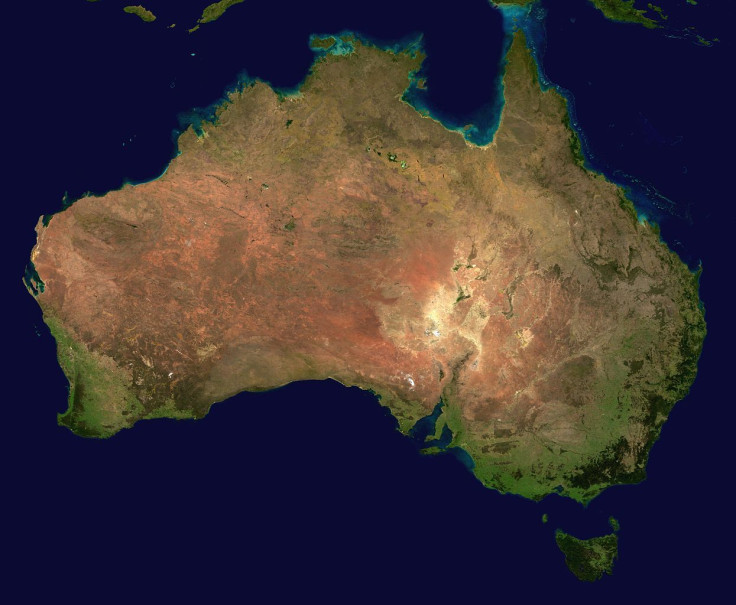Supercontinent Nuna: Northeast Australia Came From North America 1.7 Billion Years Ago

In the roughly 4.5 billion years that have passed since the formation of the solar system, Earth has gone through some very drastic geological and geographic changes. For instance, the seven continents we know today have been around as such for varying amounts of time, but up to a maximum of a few hundred million years only.
That is because Earth’s landmass is not static, and based on the movement of underlying tectonic plates, it keeps sliding (albeit very slowly, about five feet in a century) around the planet, sometimes breaking into new pieces, while at other times, the pieces join together.
At some points in Earth’s history, there has been only one large landmass or two, called supercontinents. Before the supercontinents that eventually split up into the present-day configuration, there was a supercontinent called Nuna. And that was also formed by the coming together of smaller continents that existed previously.
But about 1.7 billion years ago, when Nuna began to break up, the cleaving of the land wasn’t entirely along the lines of the smaller landmasses that comprised it. Researchers from Curtin University in Queensland, Australia, discovered that at least some part of present-day northeast Australia was once a part of the North America. The finding was based on the discovery of rocks in a small town called Georgetown, 412 kilometers inland from Australia’s northeast coast, that were unlike any rocks known in Australia but remarkably similar to rocks in Canada.
“Our research shows that about 1.7 billion years ago, Georgetown rocks were deposited into a shallow sea when the region was part of North America. Georgetown then broke away from North America and collided with the Mount Isa region of northern Australia around 100 million years later,” Curtin University PhD student Adam Nordsvan, lead author of a paper on the subject, said in a statement Friday.
New sedimentological field data was used along with new and existing geochronological data, from both Georgetown and Mount Isa regions, to arrive at this conclusion. They also found that the collision led to the creation of a mountain range in the region at the time.
“Ongoing research by our team shows that this mountain belt, in contrast to the Himalayas, would not have been very high, suggesting the final continental assembling process that led to the formation of the supercontinent Nuna was not a hard collision like India’s recent collision with Asia,” Zheng-Xiang Li, a professor at the university and coauthor on the paper, said in the statement.
Researchers from Monash University and the Geological Survey of Queensland also participated in the research, which was published in the journal Geology, under the title “Laurentian crust in northeast Australia: Implications for the assembly of the supercontinent Nuna.”
© Copyright IBTimes 2024. All rights reserved.





















